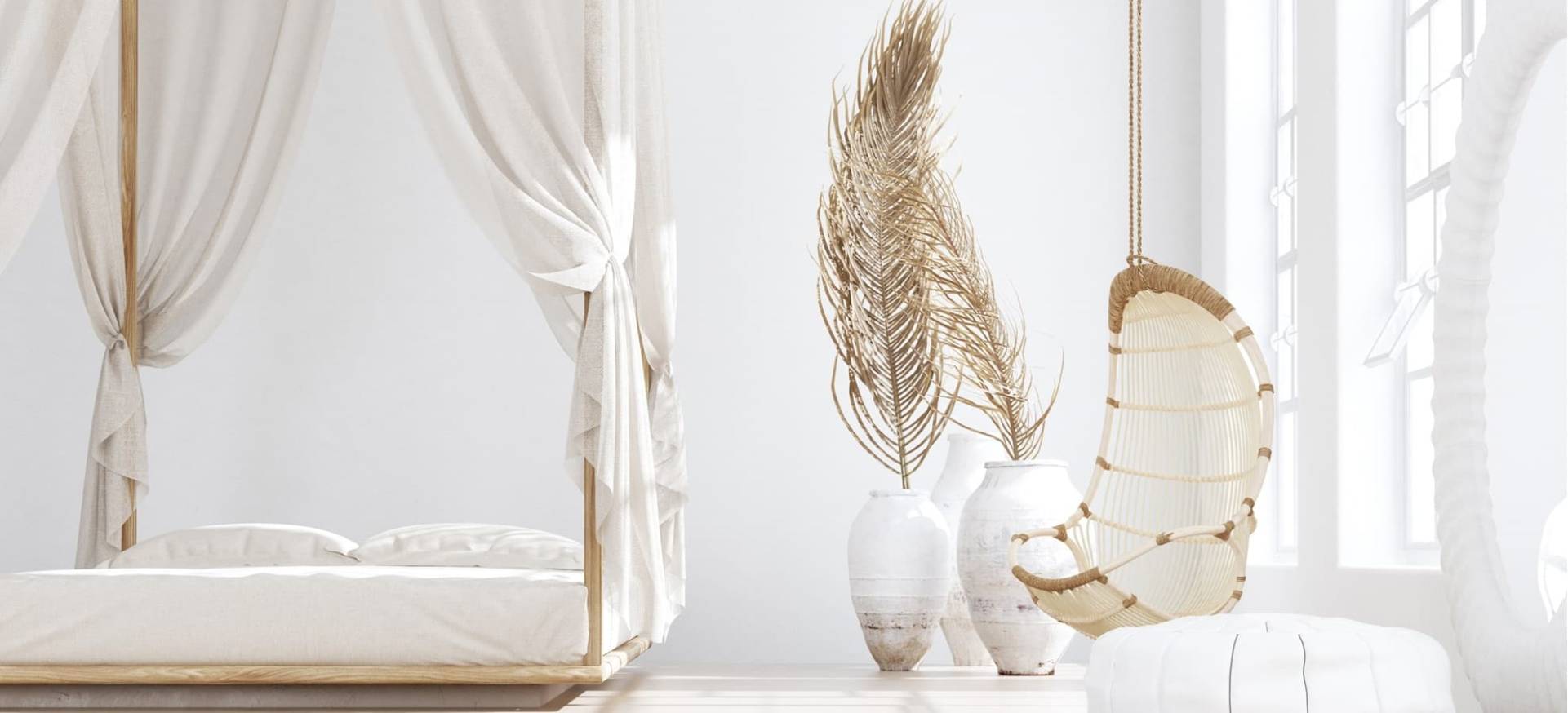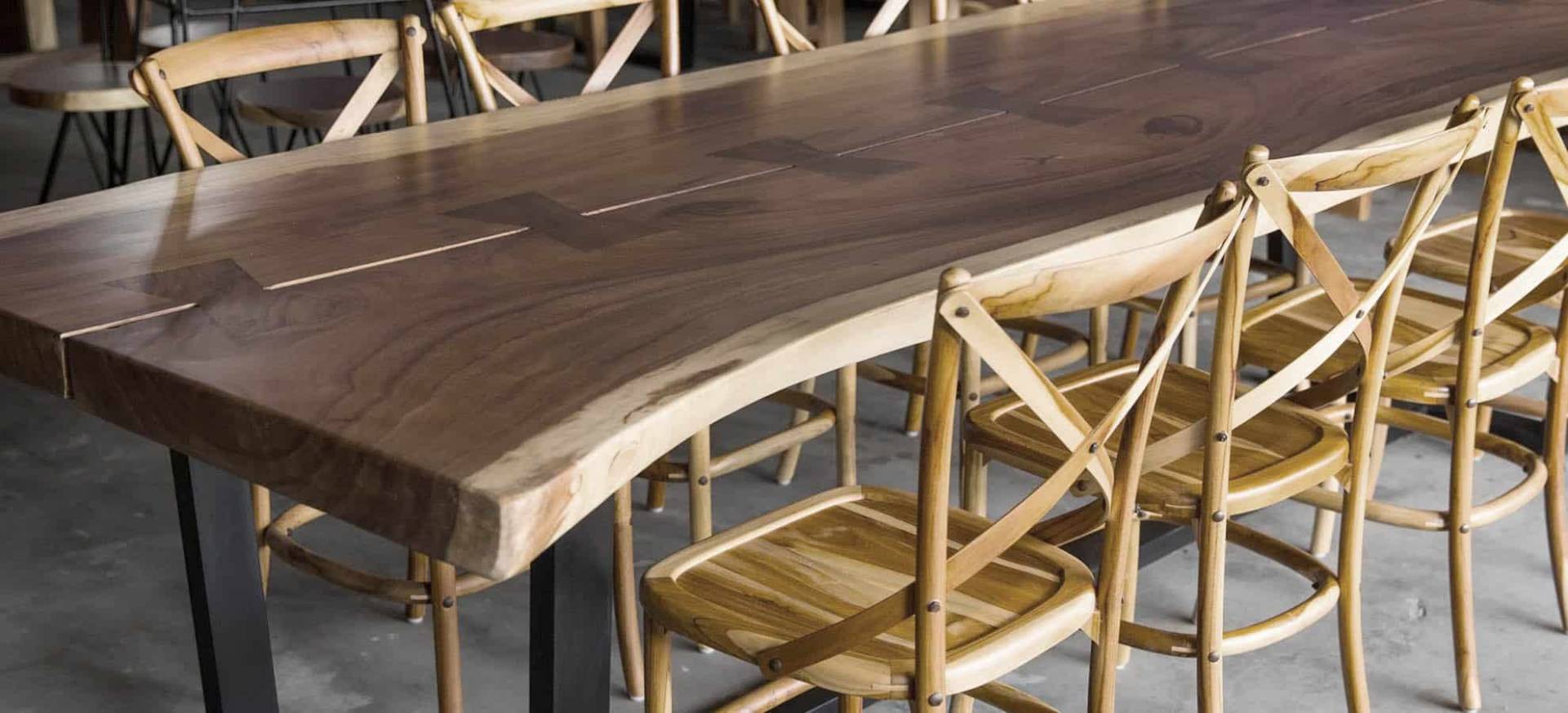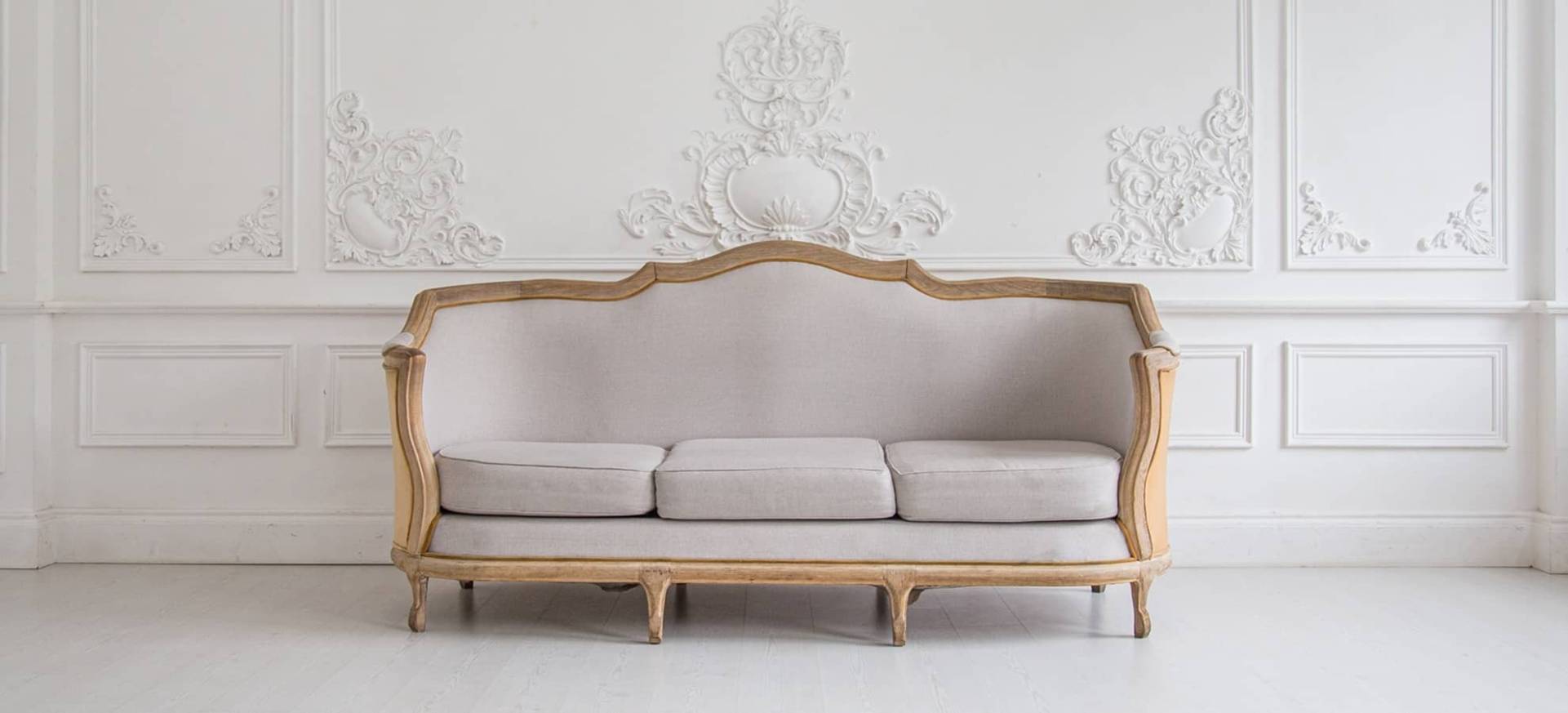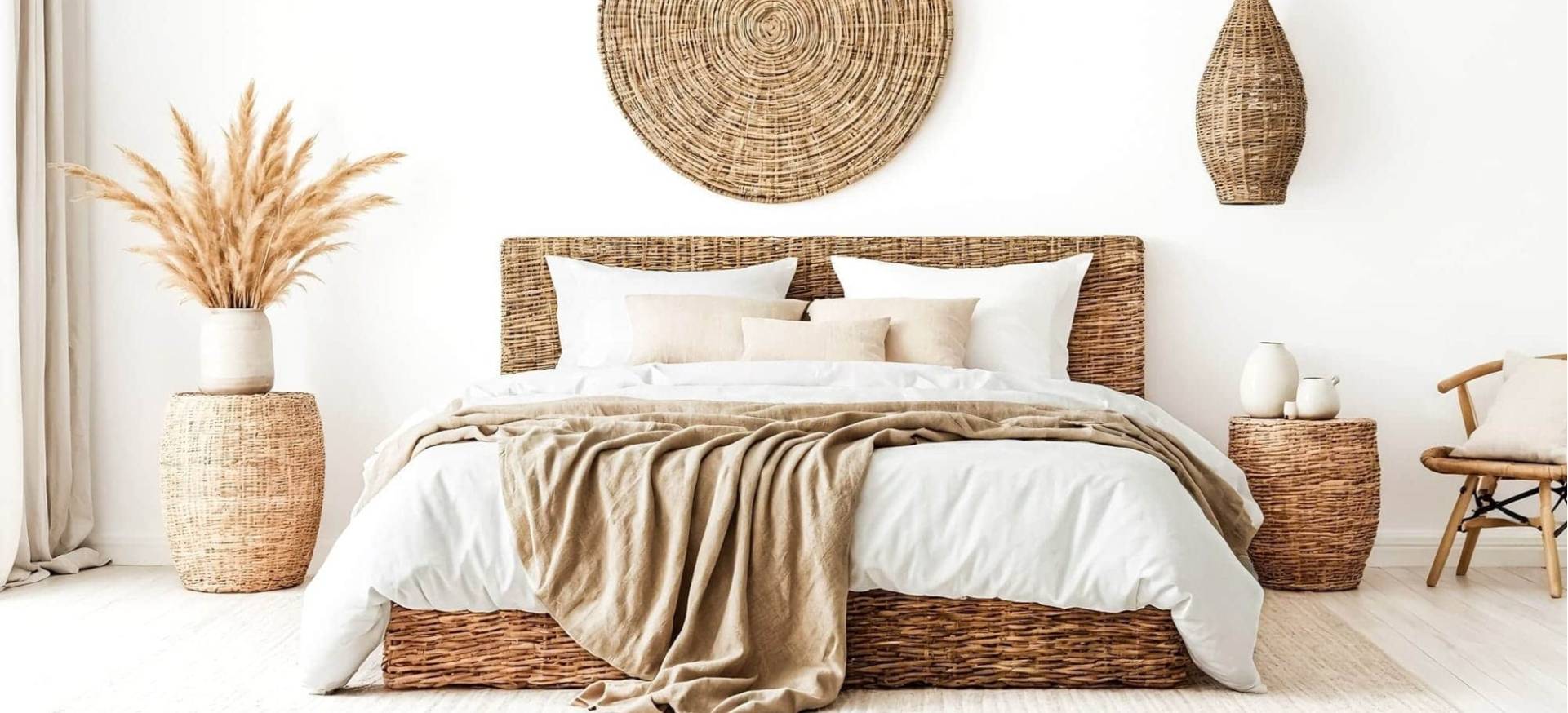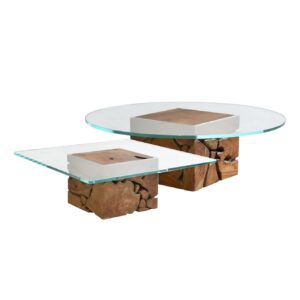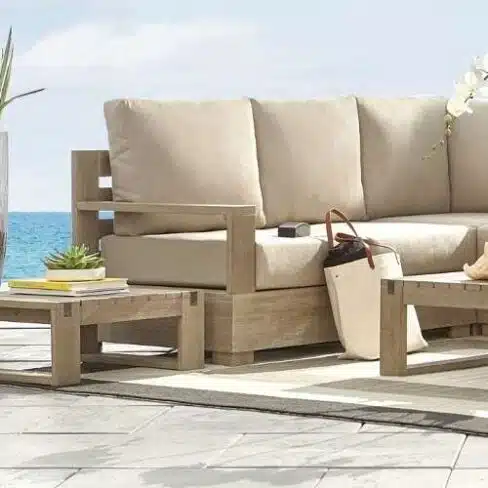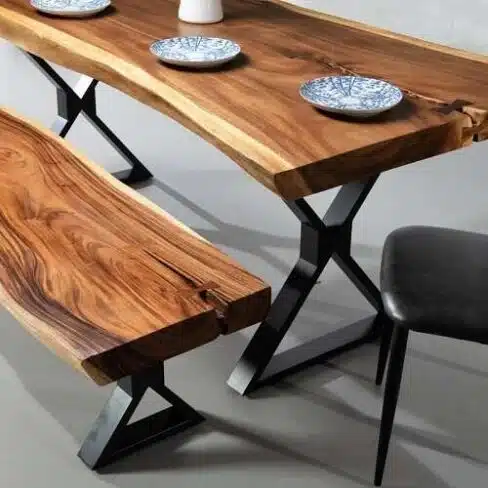Whether you’re a retail store, hotel, motel, or resort, Fuzen Decor offers customized solutions tailored to your project needs.
Our extensive selection of outdoor furniture is crafted from kiln-dried teak wood, ensuring exceptional resistance to changes in temperature and humidity. These pieces are perfect for gardens, terraces, and as auxiliary furniture for poolside settings—think sun loungers, Balinese umbrellas, relaxed sofa sets, and sturdy outdoor tables designed for both style and durability.
Every piece can be customized to suit your vision and requirements, whether you’re furnishing a chic restaurant terrace, a lively beach club, or a boutique hotel. You choose the design and finish, and our team will work closely with you to ensure the end result matches your expectations. From concept to delivery, your satisfaction is our priority.

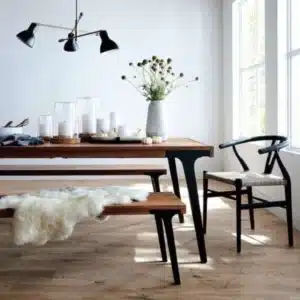

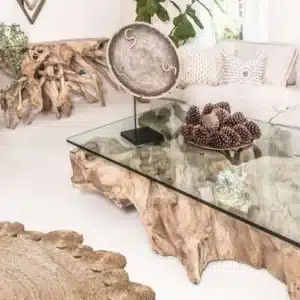
Balinese furniture is in high demand among resorts because of its capacity to establish a peaceful, organic, and culturally immersive atmosphere. By incorporating natural materials such as wood and rattan, along with detailed craftsmanship and design elements inspired by Balinese culture, it is able to cultivate a feeling of calmness and unity, making it perfect for luxurious and relaxing resort settings. The fusion of traditional Balinese patterns with contemporary design aesthetics appeals to individuals seeking authenticity and sophistication in their living spaces. Moreover, the robustness and longevity of Balinese furniture guarantee that it can endure the rigors of busy resort environments without losing its charm and appeal.
Bali’s Relationship to Nature
- Bali furniture is so popular because it creates a strong connection to nature. By incorporating natural materials like teak, rattan, and bamboo, Balinese furniture seamlessly merges interior spaces with the surrounding tropical environment. This biophilic design, aesthetic allows for a harmonious transition between indoors and outdoors, reflecting the essence of Balinese culture and lifestyle. The use of natural elements not only enhances the beauty and authenticity of the furniture but also brings a sense of tranquility and serenity into living spaces.
Calming and Tranquil
- Balinese furniture is rooted in a design philosophy that emphasizes balance, harmony, and a deep connection to nature, fostering a calming and tranquil atmosphere—ideal for creating peaceful resort environments.
Durability
- Balinese furniture, especially pieces crafted from teak and other high-quality hardwoods, is renowned for its exceptional durability and natural grain beauty. These materials resist moisture, pests, and wear, allowing the furniture to endure various weather conditions with minimal maintenance. This makes them ideal for both indoor and outdoor resort settings, where longevity and resilience are essential.
Authentic
- Balinese furniture adds an element of cultural authenticity and exotic charm to resorts, providing guests with a unique and immersive experience. Guests are drawn to the mystical and serene ambiance that Balinese furniture creates, transporting them to a different world filled with beauty and tradition
Versatility
- Bali furniture is so popular due to its versatility. Balinese furniture can seamlessly blend into various design styles, from traditional to contemporary, making it a popular choice for resorts looking to create a personalized and unique look. The intricate designs and quality craftsmanship of Bali furniture add a touch of luxury and exotic charm to any space.
Sustainable
- Many Balinese furniture makers rely on locally sourced, sustainable materials such as reclaimed teak, bamboo, and rattan. Employing traditional woodworking and carving techniques that have been passed down through generations. This commitment to sustainability not only supports the local economy and preserves cultural heritage, but also aligns with the values of eco-conscious travelers seeking authentic and responsible guest experiences.
Quality Control in Balinese Furniture Manufacturing
- The quality control process for Balinese furniture is both meticulous and ongoing, ensuring each piece upholds the highest standards from start to finish. Skilled artisans and dedicated supervisors are involved at every stage, closely monitoring both the craftsmanship and the materials being used.
- Open communication between design teams, factory artisans, and clients helps guarantee the finished furniture meets specific expectations—down to the smallest detail.
- Before packaging and shipping, every single product undergoes a thorough inspection. Artisans carefully check for structural integrity, finish consistency, and any imperfections, making sure that each item is as beautiful and resilient as promised.
- This hands-on approach not only preserves the authenticity of Balinese design but also ensures that every piece arriving at its destination—whether it’s a five-star resort or a luxury villa—is of exceptional quality and ready to impress.
